My girlfriend talked me into moving to Orange County (from D.C.) with her about a year ago, and has promised to fund a saltwater tank as part of the bargain. We're set to make the move later this month, which means its time for me to start planning my tank. Relationship advice aside, I'm looking for thoughts about how best to execute my ideas for a set-up.
I'm a conservationist by training, and one of my biggest concerns about moving to southern California is the lack of water. Thinking about water made me realize how resource and energy intensive this hobby is, so I've decided that all of my future aquariums need to be as low-impact as possible. Here are some of my basic constraints:
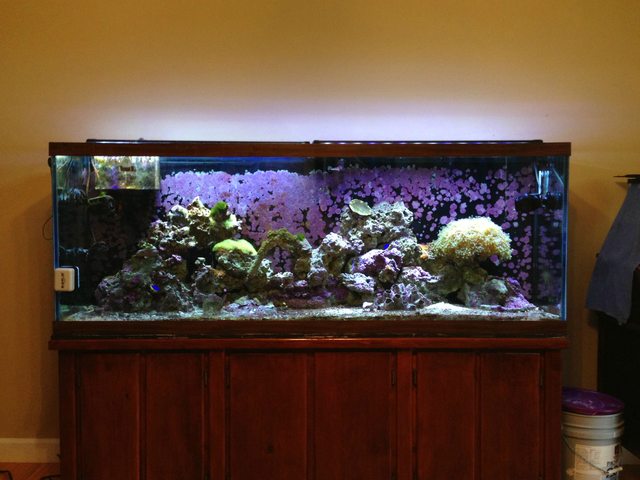
2011 150G (72x18x27) at my dad's house. There's a sump under the stand, and it's lit with Marineland LEDs.
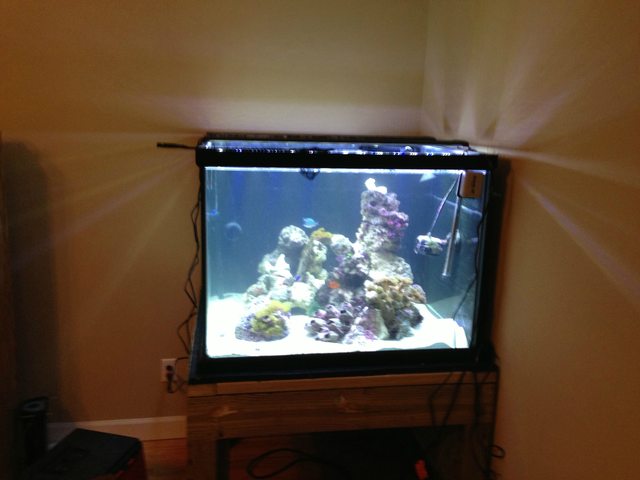
2012 150G Marineland Cube. We saw it on sale at an LFS, bought it, built it, set up a filter room behind the wall while home from school on winter break.
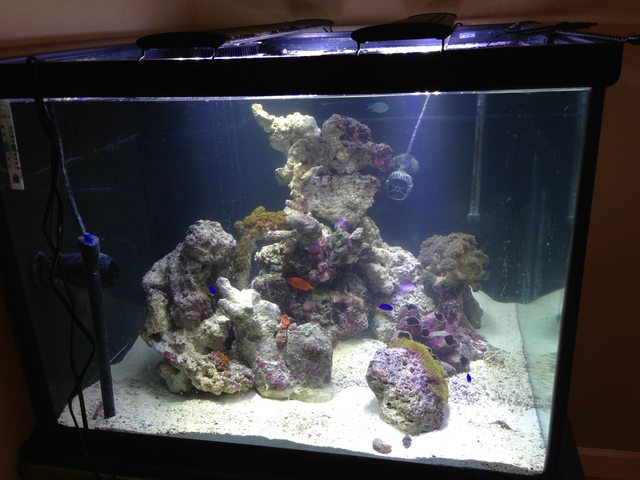
Different angle.
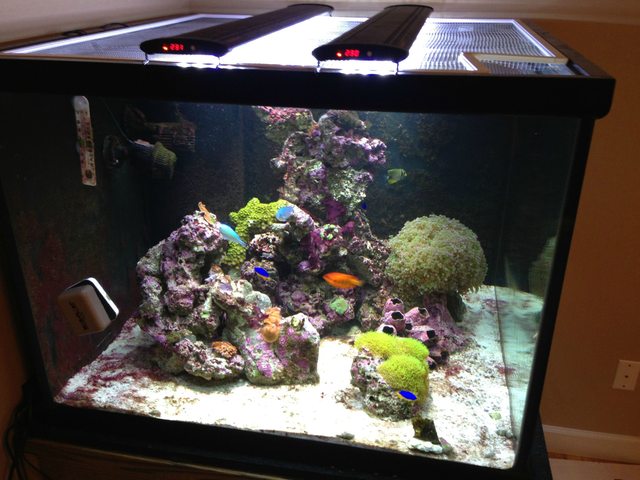
c.Christmas 2013
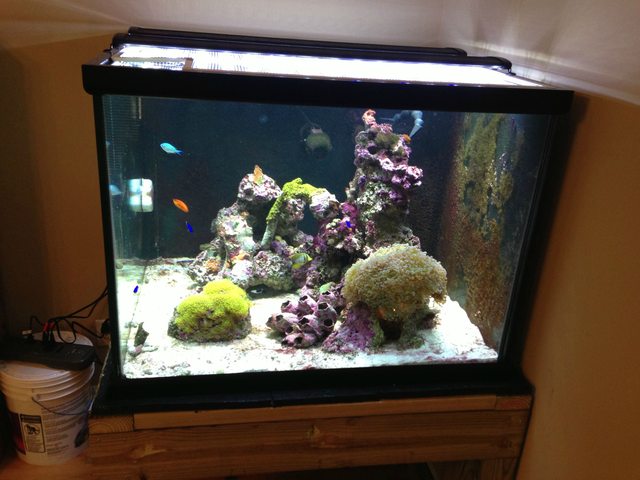
Same.
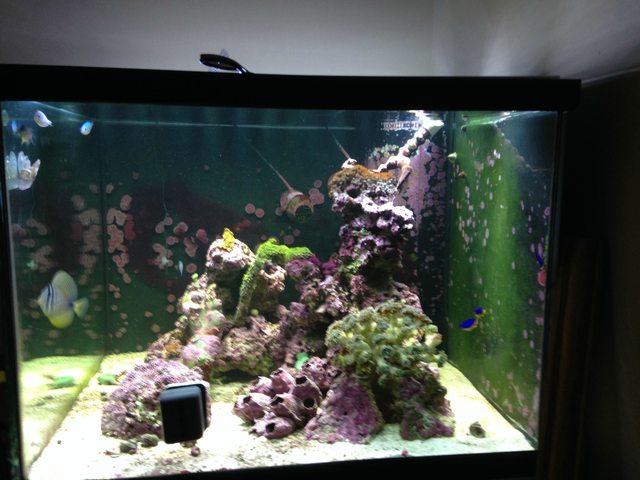
I'm not sure when this one is from, but it's some time after the last set of pictures. It looks like a turned the lights on just to take this pic.
I'm a conservationist by training, and one of my biggest concerns about moving to southern California is the lack of water. Thinking about water made me realize how resource and energy intensive this hobby is, so I've decided that all of my future aquariums need to be as low-impact as possible. Here are some of my basic constraints:
- RO waste water needs to be within the household's (two people) water consumption
- Electricity use should be as low as possible. Ideally, I would like to be able to run the tank off of solar panels (DIY, obviously).
- Captive bred/fragged livestock only.

2011 150G (72x18x27) at my dad's house. There's a sump under the stand, and it's lit with Marineland LEDs.

2012 150G Marineland Cube. We saw it on sale at an LFS, bought it, built it, set up a filter room behind the wall while home from school on winter break.

Different angle.

c.Christmas 2013

Same.

I'm not sure when this one is from, but it's some time after the last set of pictures. It looks like a turned the lights on just to take this pic.

















